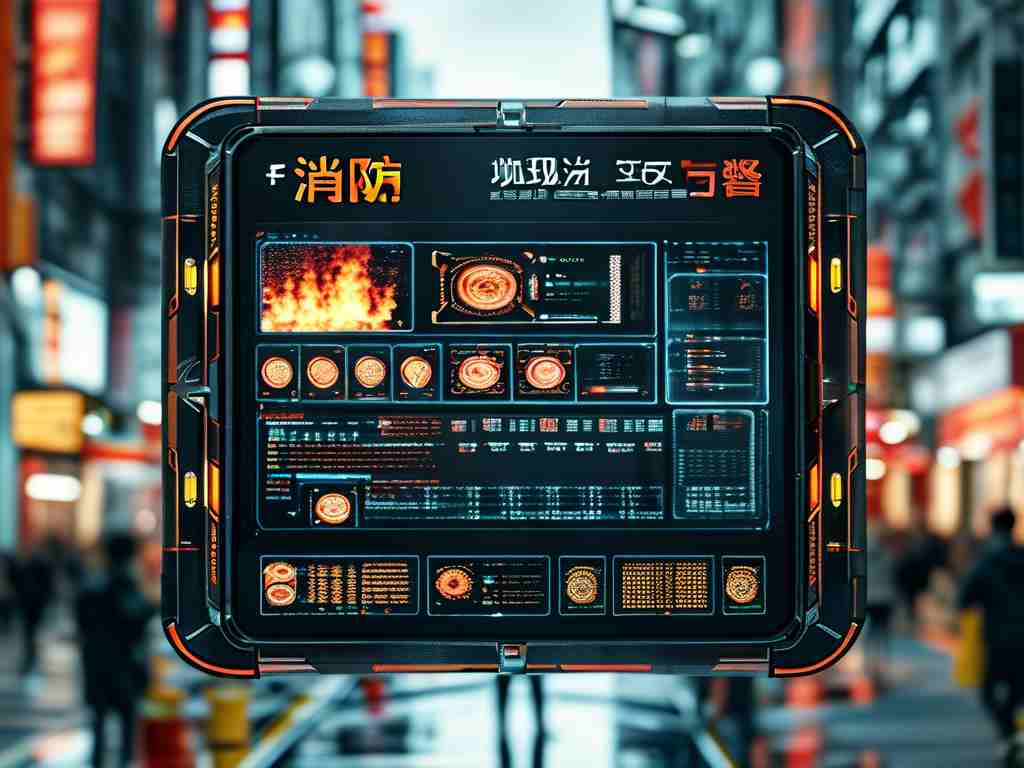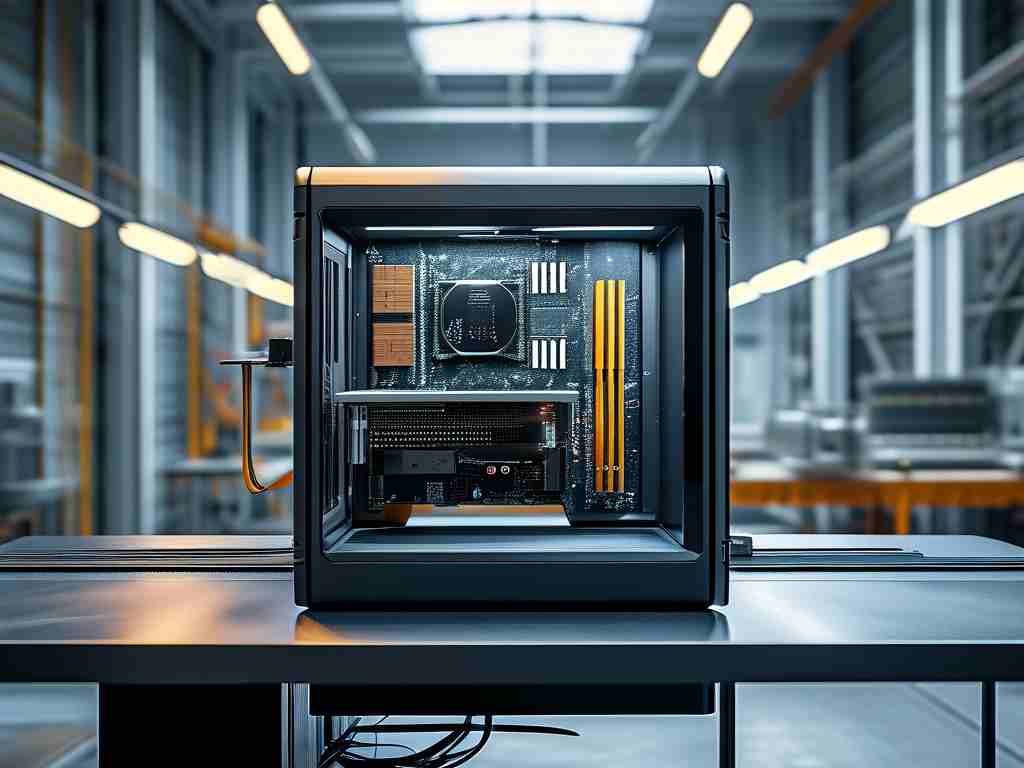Embedded hardware development for firefighting applications represents a critical frontier in modern safety technology, blending robust engineering with life-saving potential. As urban environments grow denser and fire hazards become more complex, the demand for intelligent, responsive systems escalates. This article delves into a comprehensive development scheme for firefighting embedded hardware, outlining key strategies to ensure reliability, efficiency, and compliance with stringent safety standards. Drawing from industry best practices, we'll explore how tailored hardware solutions can revolutionize fire detection, suppression, and emergency response, ultimately safeguarding lives and property.

At its core, firefighting embedded hardware integrates microcontrollers, sensors, and communication modules into compact, durable units designed for harsh environments. The development process begins with thorough requirements analysis, where engineers assess factors like environmental conditions (e.g., high temperatures or smoke density), power constraints, and real-time data processing needs. For instance, a typical scheme might prioritize low-power consumption to enable battery-operated devices in remote areas, while incorporating fail-safe mechanisms to handle system failures during emergencies. Hardware selection is paramount; components such as smoke detectors, thermal sensors, and gas analyzers must meet certifications like UL 268 or IEC 61508 to ensure they withstand rigorous fire scenarios. As one industry expert notes, "Choosing the right silicon—like ARM-based microcontrollers—lays the foundation for scalable, future-proof systems that adapt to evolving fire risks."
Moving to the design phase, developers focus on modular architecture to facilitate easy upgrades and maintenance. This involves schematic capture and PCB layout using tools like Altium Designer, where routing considerations minimize electromagnetic interference that could disrupt sensor accuracy. Software integration is equally vital; firmware must process sensor data swiftly to trigger alarms or activate suppression systems within milliseconds. Here's a simple code snippet in C for an Arduino-based temperature sensor read, demonstrating real-time monitoring:
#include <DHT.h>
#define DHTPIN 2
#define DHTTYPE DHT22
DHT dht(DHTPIN, DHTTYPE);
void setup() {
Serial.begin(9600);
dht.begin();
}
void loop() {
float temp = dht.readTemperature();
if (temp > 50.0) { // Threshold for fire detection
Serial.println("High temperature alert! Activating alarm.");
// Code to trigger alarm or suppression
}
delay(1000); // Check every second
}
This example highlights how embedded code enables rapid response, but developers must also address challenges like false alarms through advanced algorithms, such as machine learning models trained on historical fire data. Testing forms the backbone of the development scheme, involving rigorous simulations (e.g., using tools like MATLAB for thermal modeling) and field trials in controlled fire scenarios. These tests validate hardware durability—ensuring components operate flawlessly at temperatures exceeding 100°C—and software robustness, with redundancy protocols to handle sensor malfunctions. Compliance with local regulations, such as NFPA codes, is non-negotiable; developers often collaborate with fire departments to fine-tune systems for specific building layouts.
Beyond technical aspects, the development scheme emphasizes cost-effectiveness and sustainability. By opting for open-source platforms like Raspberry Pi or ESP32, teams reduce expenses while fostering innovation. Moreover, integrating IoT capabilities allows for remote monitoring via cloud services, enabling firefighters to access real-time data on mobile apps during incidents. A case study from a recent urban deployment showed a 40% reduction in response times due to embedded hardware's predictive analytics, which forecast fire risks based on sensor trends. However, pitfalls exist; cybersecurity threats pose significant risks, necessitating encrypted communication and regular firmware updates to prevent hacking.
In , a well-crafted embedded hardware development scheme for firefighting not only enhances safety but also drives technological advancement. By prioritizing modular design, rigorous testing, and regulatory adherence, developers create resilient systems that save lives. As fire hazards evolve with climate change, innovations in this field—like AI-enhanced sensors—promise even greater impact. Embracing such solutions today builds a safer tomorrow, where embedded tech acts as an invisible guardian against disaster.









